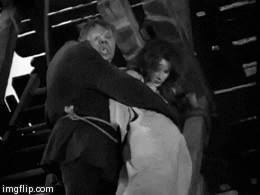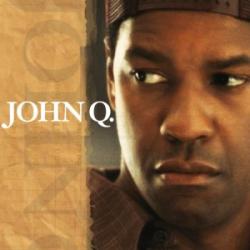Scot McKnight shares this story from Caitlin McGlade of the (Arizona) Republic, “Arizona churches join sanctuary movement for immigrants“:
Eleazar Misael Perez Cabrera sleeps in the music room at Shadow Rock United Church of Christ in north Phoenix.
Spiral notebooks lean between shelving cubes along one wall. Black and tan filing cabinets line another. A piano stands opposite Cabrera’s twin bed.
He has stayed there since Nov. 17.
The church has become his home, his sanctuary. But for how much longer? He shrugs. The 31-year-old Guatemalan immigrant knows this at least: He is safe.
Cabrera and Shadow Rock Church are part of a growing movement of activist congregation leaders who believe the United States has violated human rights by deporting millions of immigrants to unsafe countries and separating families.
They have opened spare rooms, kitchens and bathrooms to immigrants who fear deportation and to pressure authorities to pass reform that provides more comprehensive paths to citizenship.
And, generally, those immigrants are safe from deportation as long as they don’t leave the church. Immigration and Customs Enforcement has a policy that discourages agents from conducting arrests at places of worship, schools or hospitals.
This has echoes of the Sanctuary movement of the 1980s, when American churches sheltered refugees from the proxy wars of Central America. But the roots of the idea are far, far older than that.

The idea of sacred spaces as refuge is an ancient one. We can find it in the Hebrew scriptures, in the laws establishing cities and places of refuge for the persecuted and for the guilty alike. And in medieval times, churches often served as such places of safety for those fleeing death, imprisonment or exile (provided, of course, that those seeking refuge were not fleeing death, imprisonment or exile at the hands of the church).
The idea is embedded in our language, in the way the word “sanctuary” has evolved to mean both a sacred space and a refuge or preserve. Christians gather in the sanctuaries of churches, places set apart for worship. We also establish sanctuaries for wildlife, places set apart to preserve that which is threatened.
The long history of this idea of sanctuary surfaced this summer in Ferguson, Missouri, when police raided a school building adjacent to St. Mark’s Church that the church had set apart as a “safe haven” for protesters following the killing of Michael Brown. That incident raised odd echoes of the ancient practice as reports attached great implicit importance to the question of whether police had ventured into the holy ground of the church itself or just into the proximate property that was not itself a “sanctuary.”
Sanctuary has always been a murky, tangled concept. These places of refuge lack any tangible power to enforce their claim as safe spaces. Thus while the right or rite of sanctuary exists as a challenge to the power of the Powers That Be and a reminder of their limits, that right is also dependent on the consent of the powerful. In the story above, Eleazar Cabrera isn’t protected by law, but by custom. (The name of the church — Shadow Rock — is evocative. The shelter of sanctuary may not be so much from the strength of a rock, but from the idea of its shadow.)
Sanctuary is, in one sense, a powerful expression of the separation of church and state, but it is also, in a sense, a reflection of their inevitable entanglement. The concept also raises a fascinating question of cause and effect: Are sacred spaces recognized as refuges because they are sacred? Or are they sacred because they are recognized as places of refuge? Are they able to stand against the Powers That Be because they are holy? Or are they holy because they stand against the Powers That Be?
At its best, I think, the idea of sanctuary embodies the best of the church. It can be a refuge, a safe place for those who have no where else to turn. It can be a place that defends the otherwise defenseless. The needy and desperate should be able to flee to the church for refuge — to pound on its door, crying “Sanctuary,” and to be welcomed in and given shelter.
But the beauty of that is, sadly, shown more in its absence than in its actuality. The story of Shadow Rock and its rescue of Eleazar Cabrera stands out because it is exceptional.
This hopeful story of sanctuary stands in stark contrast to the heartbreaking story of Leelah Alcorn, a 17-year-old transgender girl in Ohio for whom the church was anything but a sanctuary, refuge, shelter or safe haven.
The sanctuary that turned away this child was not a sanctuary at all. It was not a sacred space. It was, and is, unholy.












